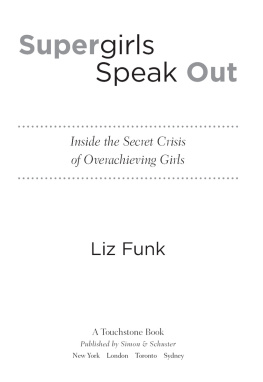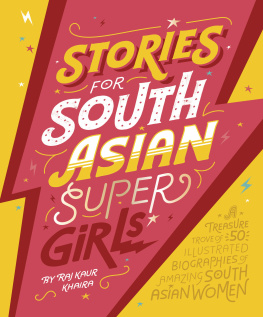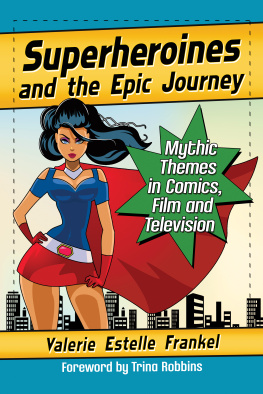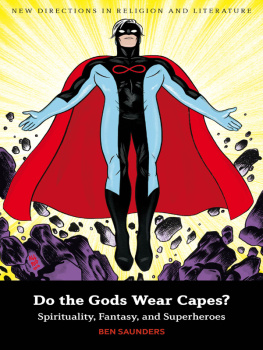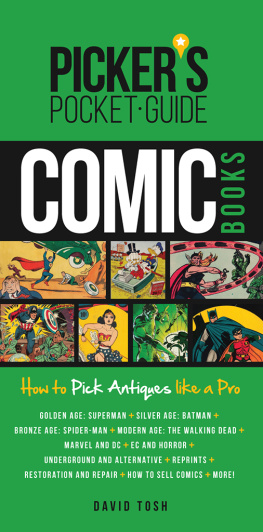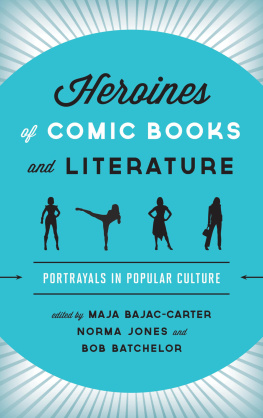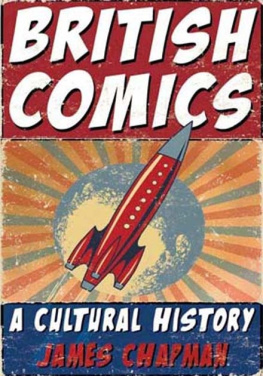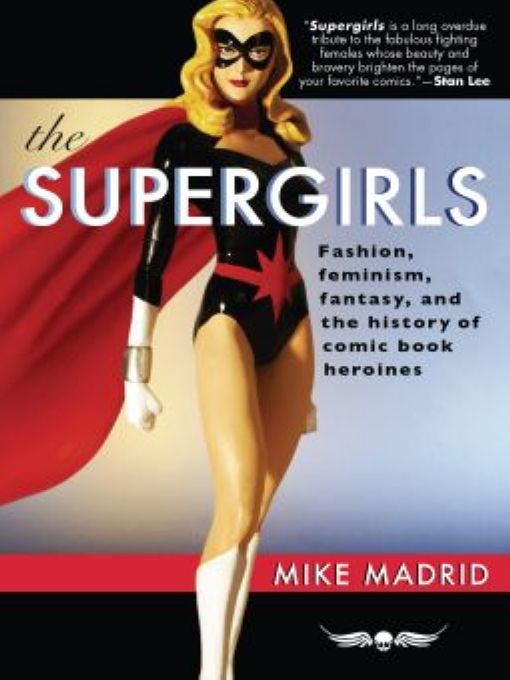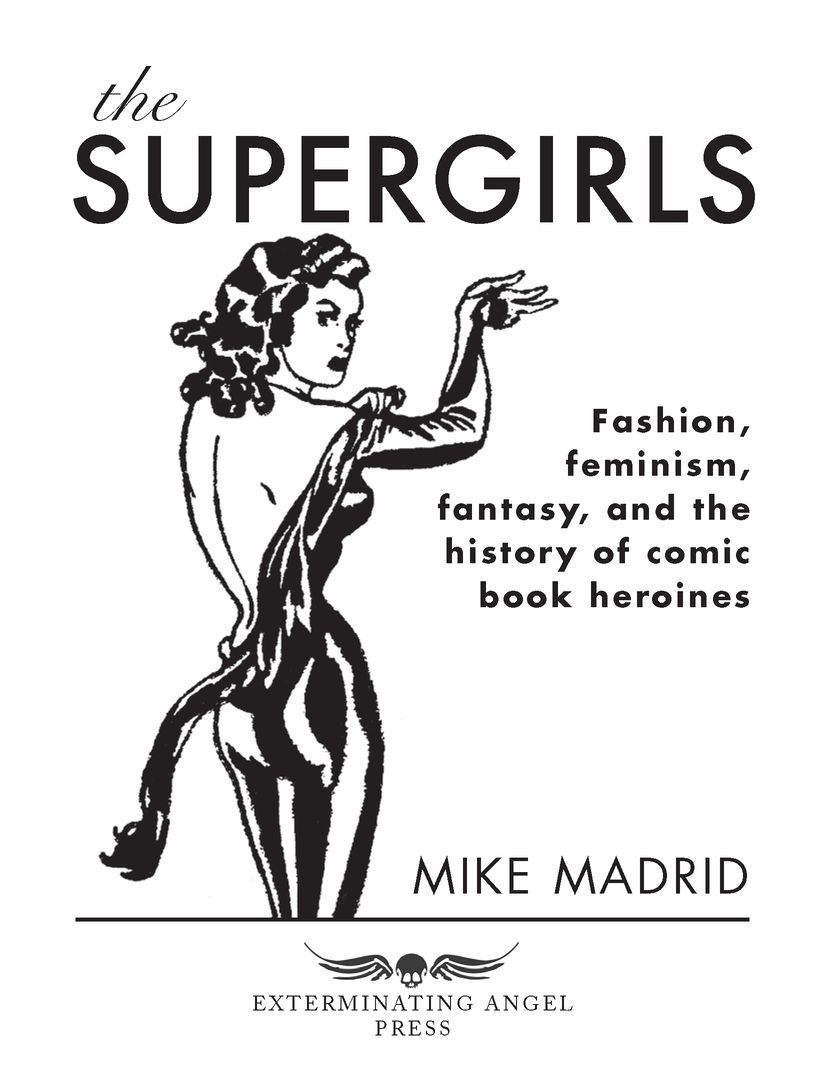Mike Madrid - The Supergirls: Fashion, Feminism, Fantasy, and the History of Comic Book Heroines
Here you can read online Mike Madrid - The Supergirls: Fashion, Feminism, Fantasy, and the History of Comic Book Heroines full text of the book (entire story) in english for free. Download pdf and epub, get meaning, cover and reviews about this ebook. year: 2009, publisher: Exterminating Angel Press, genre: Humor. Description of the work, (preface) as well as reviews are available. Best literature library LitArk.com created for fans of good reading and offers a wide selection of genres:
Romance novel
Science fiction
Adventure
Detective
Science
History
Home and family
Prose
Art
Politics
Computer
Non-fiction
Religion
Business
Children
Humor
Choose a favorite category and find really read worthwhile books. Enjoy immersion in the world of imagination, feel the emotions of the characters or learn something new for yourself, make an fascinating discovery.

- Book:The Supergirls: Fashion, Feminism, Fantasy, and the History of Comic Book Heroines
- Author:
- Publisher:Exterminating Angel Press
- Genre:
- Year:2009
- Rating:5 / 5
- Favourites:Add to favourites
- Your mark:
The Supergirls: Fashion, Feminism, Fantasy, and the History of Comic Book Heroines: summary, description and annotation
We offer to read an annotation, description, summary or preface (depends on what the author of the book "The Supergirls: Fashion, Feminism, Fantasy, and the History of Comic Book Heroines" wrote himself). If you haven't found the necessary information about the book — write in the comments, we will try to find it.
The Supergirls is a long overdue tribute to the fabulous fighting females whose beauty and bravery brighten the pages of your favorite comics.STAN LEE
A thoughtful, comprehensive history of women in comics . . . The Supergirls gleefully celebrates the medium itself, in all its goofy, glorious excess. NPR Best Five Books To Share With Your Friends citation
Sharp and livelyand just obsessive enough about women who wear capes and boots to be cool but not creepy. [Madrid] clearly loves this stuff. And hes enough of a historian to be able to trace the ways in which the portrayal of sirens and supergirls has echoed societys ever-changing feelings about women and sex. Entertainment Weekly
Has Wonder Woman hit the comic book glass ceiling? Is that the one opposition that even her Amazonian strength cant defeat? Entertaining and informative, The Supergirls explores iconic superheroines and what it means for the culture when they do everything the superhero does, only in thongs and high heels.
This much-needed alternative history of American comic book iconsfrom Wonder Woman to Supergirl and beyonddelves into where these crime-fighting females fit in popular culture and why, and what their stories say about the role of women in society from their creation to now, and into the future.
Mike Madrid is the author of Divas, Dames & Daredevils: Lost Heroines of Golden Age Comics (forthcoming from Exterminating Angel Press in October 2013) and The Supergirls: Fashion, Feminism, Fantasy, and the History of Comic Book Heroines, an NPR Best Book To Share With Your Friends and American Library Association Amelia Bloomer Project Notable Book. Madrid, a San Francisco native and lifelong fan of comic books and popular culture, also appears in the documentary Wonder Women! The Untold Story of American Superheroines.
Mike Madrid: author's other books
Who wrote The Supergirls: Fashion, Feminism, Fantasy, and the History of Comic Book Heroines? Find out the surname, the name of the author of the book and a list of all author's works by series.

